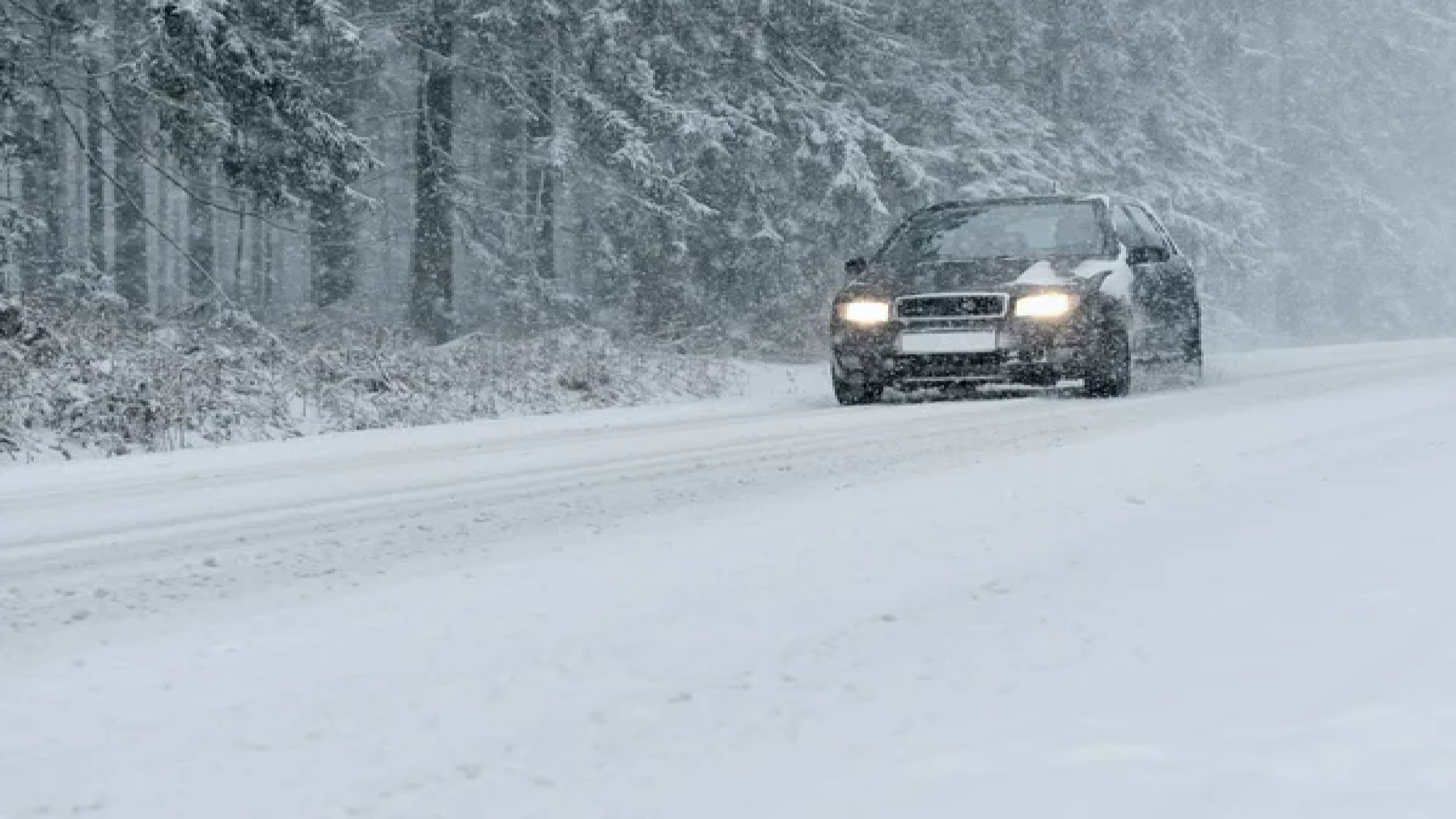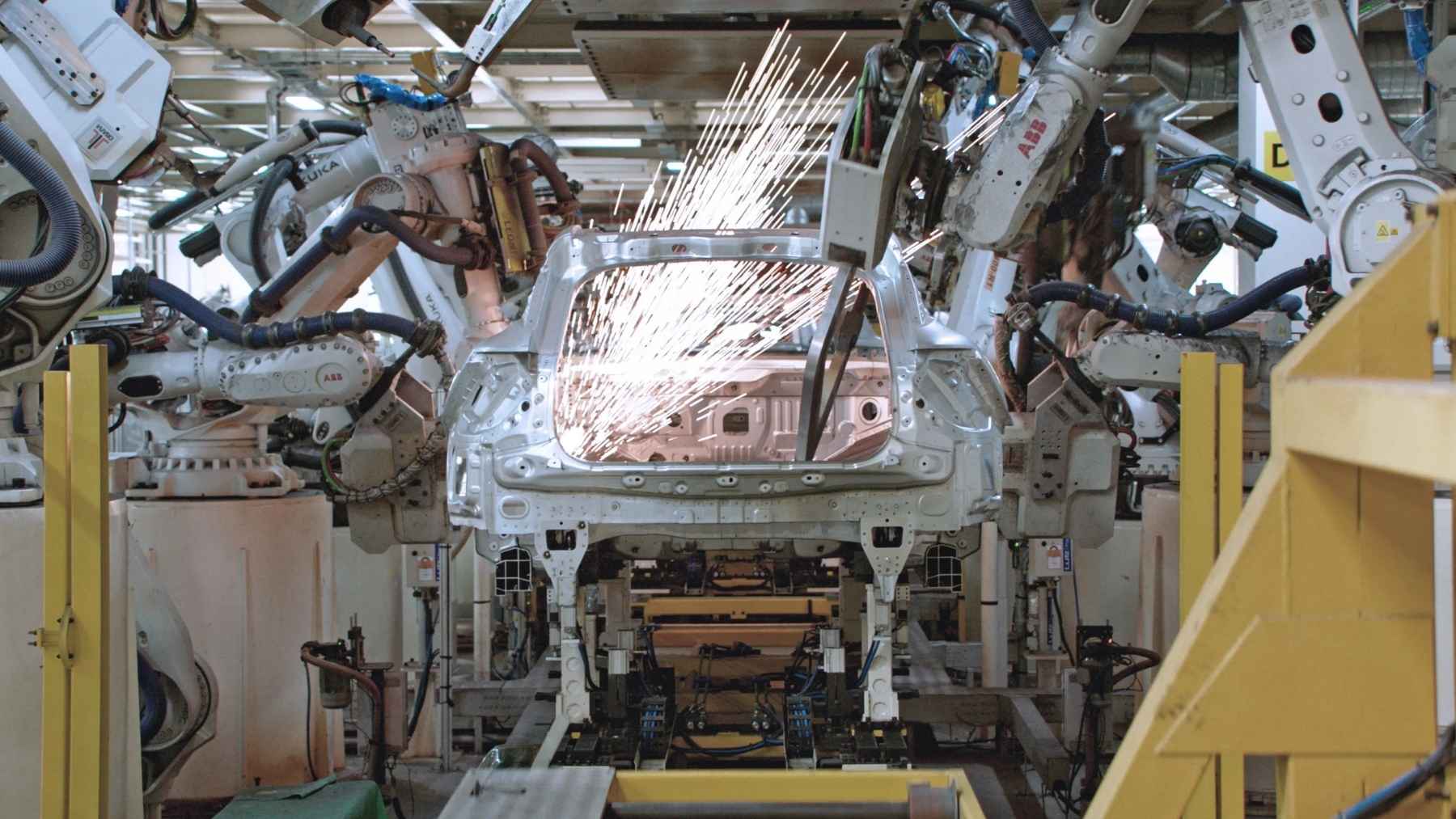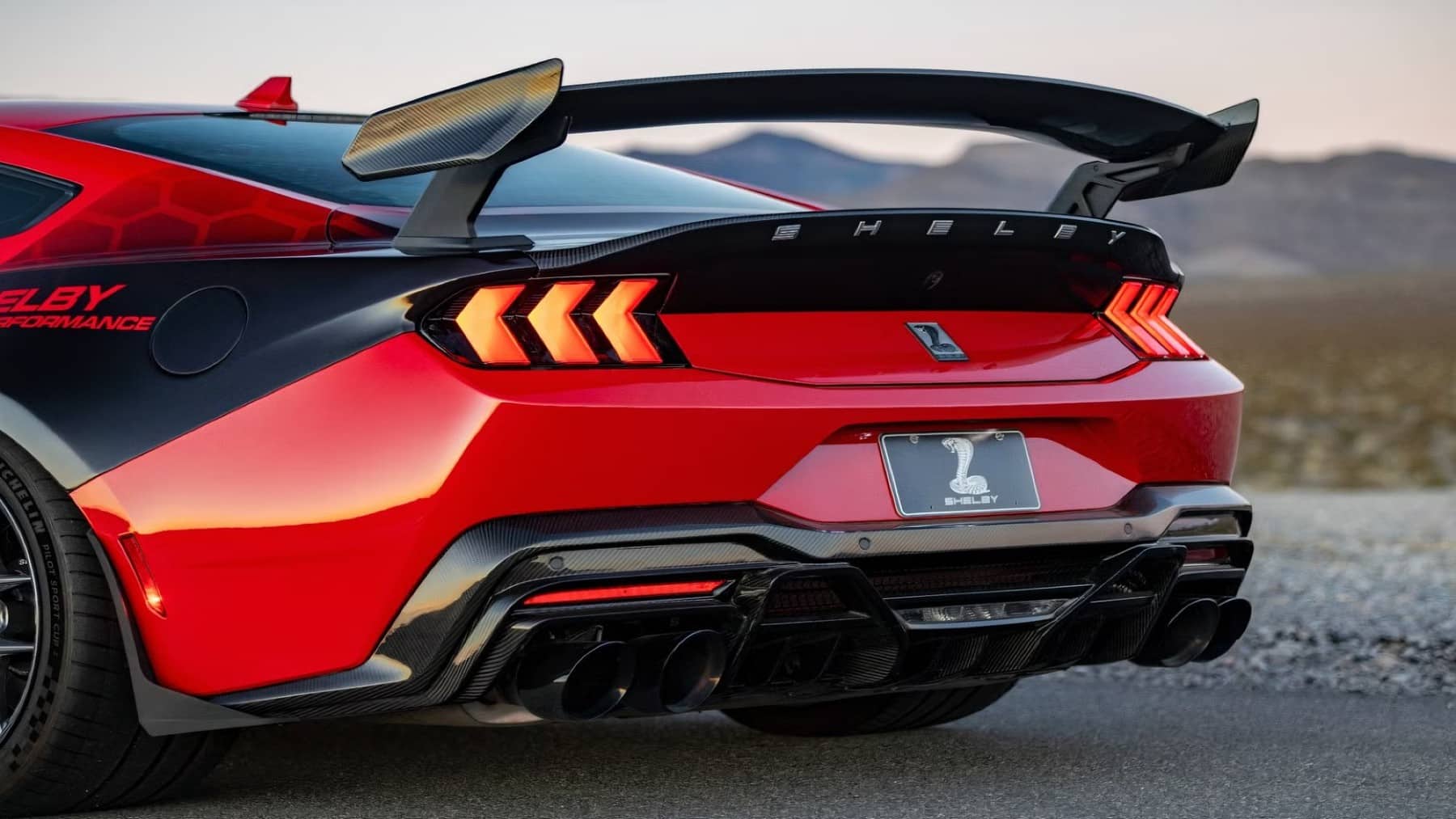Ford F-150
Not far behind the Chevrolet Silverado 1500 is the Ford F-150, which comes in second. While it has a slightly better safety record, it’s still not ideal for winter driving. With 70 fatal crashes per 100,000 units sold, the F-150 also faces challenges on snow and ice-covered roads. It earned a composite score of 63, and although it boasts an 82% rating for child occupant safety, it falls short in pedestrian protection, scoring just 70% in vulnerable road user safety.
Honda Accord
When it comes to winter driving, sedans often face challenges in maintaining safety on slippery roads. The Honda Accord ranks as the third most dangerous car for winter conditions. Known for its reliability, the Accord recorded 69 fatal crashes per 100,000 vehicles sold. Its vulnerable road user safety score of just 54% and composite score of 62 reflect its shortcomings in harsher driving environments, making it a less-than-ideal choice for winter weather.
Hyundai Elantra
Next up is the Hyundai Elantra, which takes the fourth spot on the list. While it’s a popular compact sedan, the Elantra struggles with safety in winter conditions, earning the lowest occupant safety ratings among all vehicles studied. Both adult and child occupant safety are rated at just 60%, and with a composite score of 58, it shows that smaller sedans may not offer the protection needed when facing icy roads and unpredictable weather.
Ram 1500
The Ram 1500 rounds out the list, ranking fifth overall for winter driving dangers. Despite being a tough and capable pickup, it still has significant safety challenges. With 36 fatal crashes per 100,000 units sold and a composite score of just 55, this truck proves that even large, powerful vehicles are not immune to the hazards of winter driving. Additionally, its child occupant safety rating of 64% is among the lowest, which is concerning for families who need extra protection on slippery, cold-weather roads.
Choose your vehicle well amidst severe weather
If you live in a region known for severe winter weather, it’s crucial to choose a vehicle that’s well-suited to handling snow, ice, and cold temperatures. While trucks and sedans may offer different benefits, when it comes to winter safety, they often come up short compared to more winter-ready vehicles like all-wheel-drive SUVs or those with enhanced traction control systems.
Beyond selecting the right car, it’s equally important to ensure your vehicle is properly insured, especially in states prone to heavy snowfall and icy conditions. Insurance can help cover damages in the event of an accident, offering peace of mind when navigating winter’s challenges. Be sure to review your coverage to ensure it meets your specific needs for driving in harsh weather conditions.














